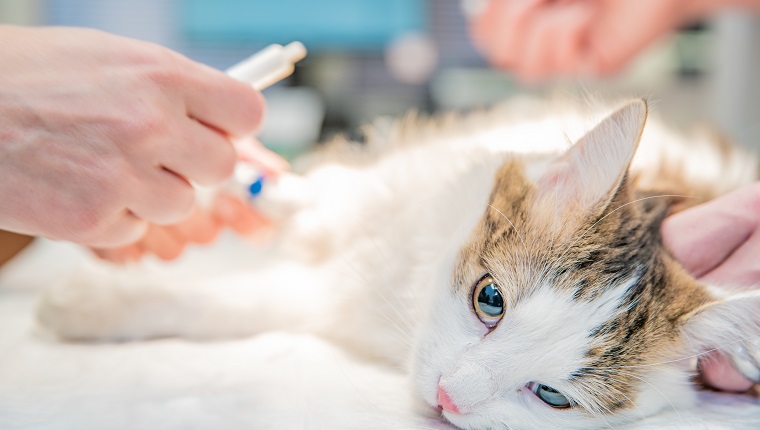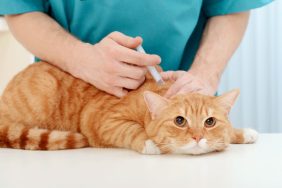Diaphragmatic hernia in cats is a condition that happens when a tear in the diaphragm allows organs situated below the diaphragm, such as the intestine and stomach, to move into the chest cavity. It often happens due to a traumatic accident or blow; although in some cases, the condition is congenital.
The hernia causes the feline to shy away from…









